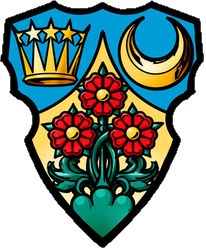
[The Angelus (L’Angelus) is an oil painting by French painter Jean-François Millet, completed in 1859. The painting depicts two peasants bowing in a field over a basket of potatoes to say a prayer, the Angelus, that together with the ringing of the bell from the church on the horizon marks the end of a day’s work.]
This is a prayer prayed by the faithful morning, noon and night (at 6 AM, noon and 6 PM, but adjustment are perfectly acceptable). It is great for praying together at family meals, in a verse and response format as shown below. If you live close enough to our parish, you’ll hear the Bells of our bell tower announce the Angelus at 7.30 am, 12 noon, and 6 pm!
V. The Angel of the LORD declared unto Mary,
R. And she conceived of the Holy Spirit.
Hail Mary, full of grace; the LORD is with thee: blessed art thou amongst women,
and blessed is the Fruit of thy womb, Jesus.
Holy Mary, Mother of God, pray for us sinners,
now and at the hour of our death.
V. Behold the handmaid of the LORD.
R. Be it done unto me according to thy word.
Hail Mary …
V. And the Word was made flesh.
R. And dwelt among us.
Hail Mary …
V. Pray for us, O Holy Mother of God
R. That we might be made worthy of the promises of Christ.
Let us pray,
Pour forth, we beseech thee, LORD, thy grace into our hearts;
that, we, to whom the Incarnation of Christ, thy Son,
was made known by the message of an angel,
may by his Passion and Cross
be brought to the glory of his Resurrection.
Through the same Christ our Lord.
+ Amen.
